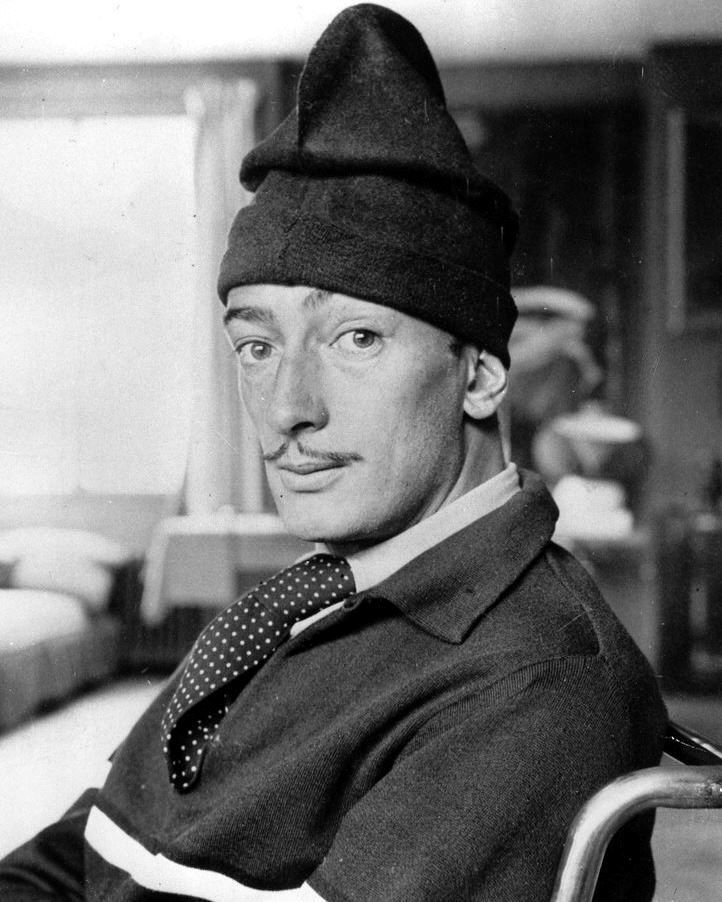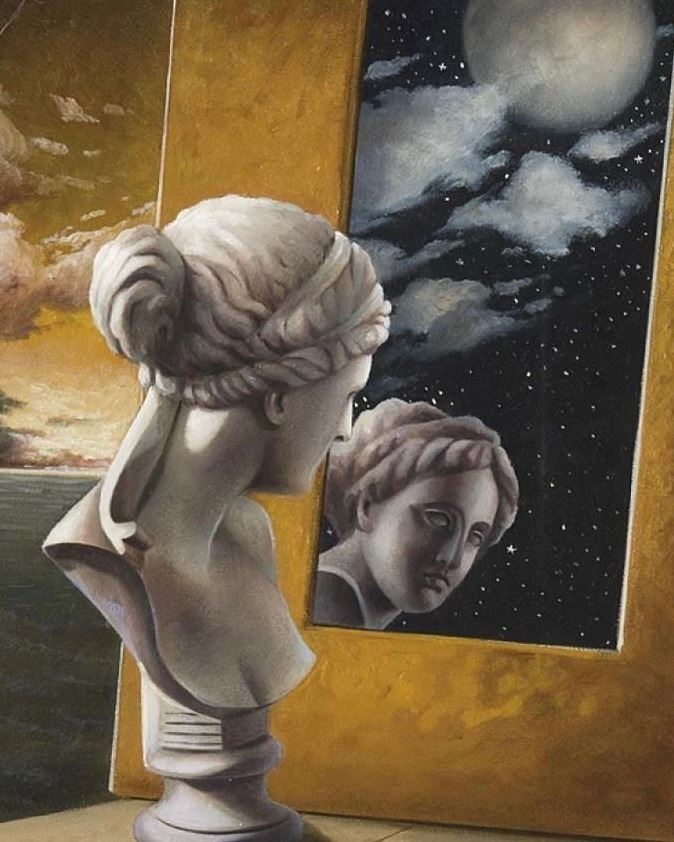Why has surrealism become one of the most sought-after trends in painting, architecture, film and even fashion in the 21st century, in an era of high technology and awareness?
Maybe surrealism is us?
The editors of WOSK1147, having drawn an analogy in the history of surrealism, the biography of the chief surrealist artist, Salvador Dali, and modern techniques in psychotherapy, are ready to tell you why surrealism resonates with each of us.
"We all come from childhood," claims psychologist Ekaterina Murashova.
Surrealism, translated from the French, means: super-reality - and this form of reality is inherent in our consciousness, really, only in childhood...
All sorts of images sublimated into one vivid picture, various abstractions and multifaceted lines - this is exactly how children's fantasies, dreams and worlds, created by consciousness, and earlier, projected by subconsciousness, look.
So every child is a genius, and every person is born with their own unique imagination?
Conclusion: surrealism is the way to childhood!

Salvador Domenech Felipe Jacinthe Dali y Domenech Marquis de Dali de Pubol was one such little genius,
is internationally known by his simpler name and surname: Salvador Dali..
Little Salvador from a young age was distinguished by his special abilities: as the boy himself said, before going to sleep, he saw bright pictures that began to move - thus, they called him to play, and as soon as he plunged into them - the pictures blended.
Salvador Dali also used this skill as an adult: he reached a hypnotic state - half-sleep half-awake, in order not to fall into an afternoon nap, Salvador would sit down in an armchair and take a spoon in his hands and put a plate on the floor, when the siesta began to dominate him, dreams mixed with the events of the day would slightly turn his head, his hand would relax and the spoon would fall with a clink on the plate - here Salvador would wake up, managing to grasp a piece of phantasmagoria!.
The projection of his unconscious was so strong that self-hypnosis was a regular practice for the artist..
However, Salvador Dali did not stop there, he continued to study his psyche, putting various experiments on himself - so he created a method he called: "Paranoid-Critical Activity"-the basis of which was self-hypnosis..
"The fact that I myself do not understand the meaning of my paintings at the moment of writing does not mean that they have no meaning at all: on the contrary, their meaning is so deep, complex, multiple and involuntary that it escapes simple analysis and definition by means of logical intuition...", - this is how the maestro Dali himself said about his works.

Salvador Dali's main fear was death, and his biggest dream was eternal life..
It was connected, of course, with his childhood: the fact is that the boy was the full namesake of his own older brother, who died at the age of two of meningitis. Nine months after this unfortunate event, Salvador himself was born, and his parents saw in this event the reincarnation of his older brother. The little artist was taken by his parents to the grave, where the name was inscribed on the monument... Salvador Dali was his own name..
Of course, this trauma could not pass without leaving a trace for the child - Salvador began to actively prove that he was alive: showing himself from all sides, putting on a show - that was his whole life.

The apotheosis of creativity and the realization of the previously mentioned denial of death was the theater-museum created..
Salvador as his own lifetime memorial, where he was later buried:
"- I want my museum to be a single block, a labyrinth, a huge surreal object. It will be an absolutely theatrical museum. Those who come here will leave with the feeling that they had a theatrical dream," Salvador Dali said about his brainchild.

The XX century - the era of spiritualism, the first spiritual practices and active study of the human psyche - surrealism lends itself to mass criticism, securing the identification of insanity and becoming the art of psychotropic substances for medicinal purposes, which, by the way, were widely popular among the Surrealists of the XX century.

The revival of Western avant-gardism happened in the 1970s, when a new movement appeared - neo-Murrealism.
Among the heirs of surrealism, fantastic realism and styles stemming from it are called, for example: visual art, as well as massurealism.
However, there were no innovators in this branch of art - neo-surrealism paintings are painted in the best traditions of the avant-garde of the XX century.

The eyes of fear ... "floated away" - it is worth mentioning that surrealism is a deep psychological expression: the expression of one's unconscious fantasies, sexual fears and complexes, the transfer of elements of one's own childhood and personal life in the language of allegories is an internal aspect that in the 1920s and 30s was considered the titular and defining quality of surrealism.

owadays surrealism is also relevant!
Art therapies in the technique of neo-surrealism are in particular demand - communicating with the unconscious, everyone can establish a more subtle contact with their inner world and hear their own "I", turned deep into childhood and being in our consciousness all their lives..
Real art can cure!
Experts have proved that creativity is especially effective in psychotherapy, which promotes the creative living of suppressed emotions, such as fear, anger, resentment, understatement.
Very often, most of these emotions come from our childhood.
Children's emotions are the strongest and, thus, through art therapy, on canvas we can see the projection of our inner child, which is why, at the beginning of our story, we mentioned that surrealism is the way to childhood

Mostly, art therapy techniques are built on the projection mechanism so that a person brings his own meaning to it - a bright picture and the synergy of various images inherent in surrealism can create the framework of a particular emotion or situation.
Art therapy also helps to explore the state of physical and mental health - by depicting pain, you can analyze how it affects mood and everyday life.
This therapy teaches to focus on the present moment, feeling the connection between emotions and bodily reactions, which strengthens sense of self. Creativity helps to analyze complexes of sensations and improve the skill of self-control, with the help of visualization of mood and feelings.

Canvas can become an experiment for those who would like to talk to themselves, know the full range of their feelings and, of course, reward their inner child, because this is how contact with the unconscious is built, which is projected on the social roles and communications of a person throughout his life.
We can safely say that creativity is good for health!


